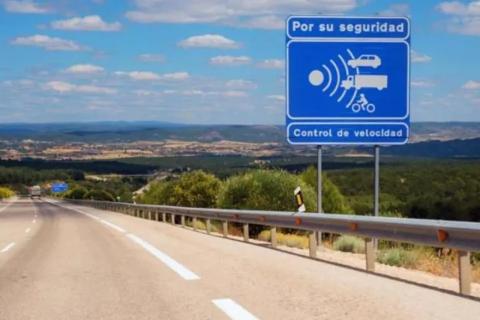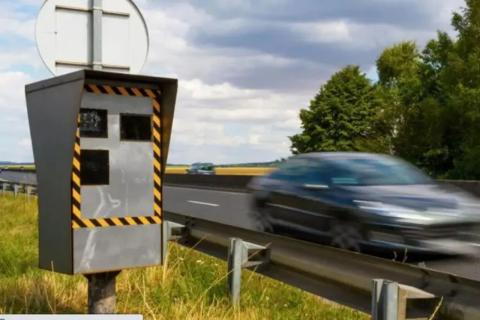
The traffic networks have 2,010 fixed speed cameras, 400 traffic light speed cameras, 167 section speed cameras, and 243 belt and mobile speed cameras, for a total of 2,820 cinemometers.
They are the great fear of many drivers and their presence on Spanish roads is increasing. The number of radars to fine in Spain rises again and there are already more than 2,800.
According to the ‘II Radar Observatory of Spain’, prepared by Coyote, based on data from 2022, there has been a 7% increase in radars in Spain, compared to 4% in 2021.
Currently, the traffic networks have 2,010 fixed speed cameras, 400 traffic light speed cameras, 167 section speed cameras, and 243 belt and mobile speed cameras, for a total of 2,820 cinemometers. And in 2023 that figure will increase, since the DGT plans to install 70 new mobile radars.
To all this we must add the section radars (here we explain how they work) and the new speed controls with camouflaged cars that the public body has designed. In short, a wide deployment of means to control drivers and impose fines on those who exceed the speed limits.
The number of radars to fine in Spain rises again, there are already more than 2,800
According to the report, Catalonia, Andalusia and Castilla y León continue to be the three Autonomous Communities with the highest number of radars for the second consecutive year, with a total of 700, 361 and 324 devices, respectively. Between the three of them, they monopolize half of the radars in all of Spain.
For its part, the Basque Country significantly increased its radars with the installation of 20 new devices for a total of 222, ahead of Madrid (205) for fourth place.
They are followed by the Valencian Community (180), Galicia (172), Castilla La Mancha (134) and Aragón (106) as the Autonomous Communities with more than 100 radars. Following are the Communities of Asturias (80), the Balearic Islands (71), Extremadura (66), Navarra (57) and the Canary Islands (52).
On the other hand, the observatory also collects the kilometers of road and the number of radars located in each province. Barcelona leads this ranking with 2,031 kilometers of roads where a total of 438 speed cameras have been counted, which gives an average of one speed camera for every 4.63 kilometres.
They are followed by Girona with a radar every 10.76 kilometers, Alicante with a radar every 10.96 kilometers, and Madrid, which has a radar every 12.47 kilometers.
Accident rate increases on Spanish roads
Although the mortality rate in Spanish cities is among the lowest in Europe, in 2022 there were 1,042 fatal accidents on Spanish roads in which 1,145 people died, representing 4% more deaths than in 2019, the year baseline and prior to the pandemic.
In order to reduce these accident data, the DGT plans to deploy new speed controls for this 2023. In addition to the installation of 70 new mobile radars, there will be greater surveillance of major speed excesses, using camouflaged cars and will pay specific attention to section speed cameras.
